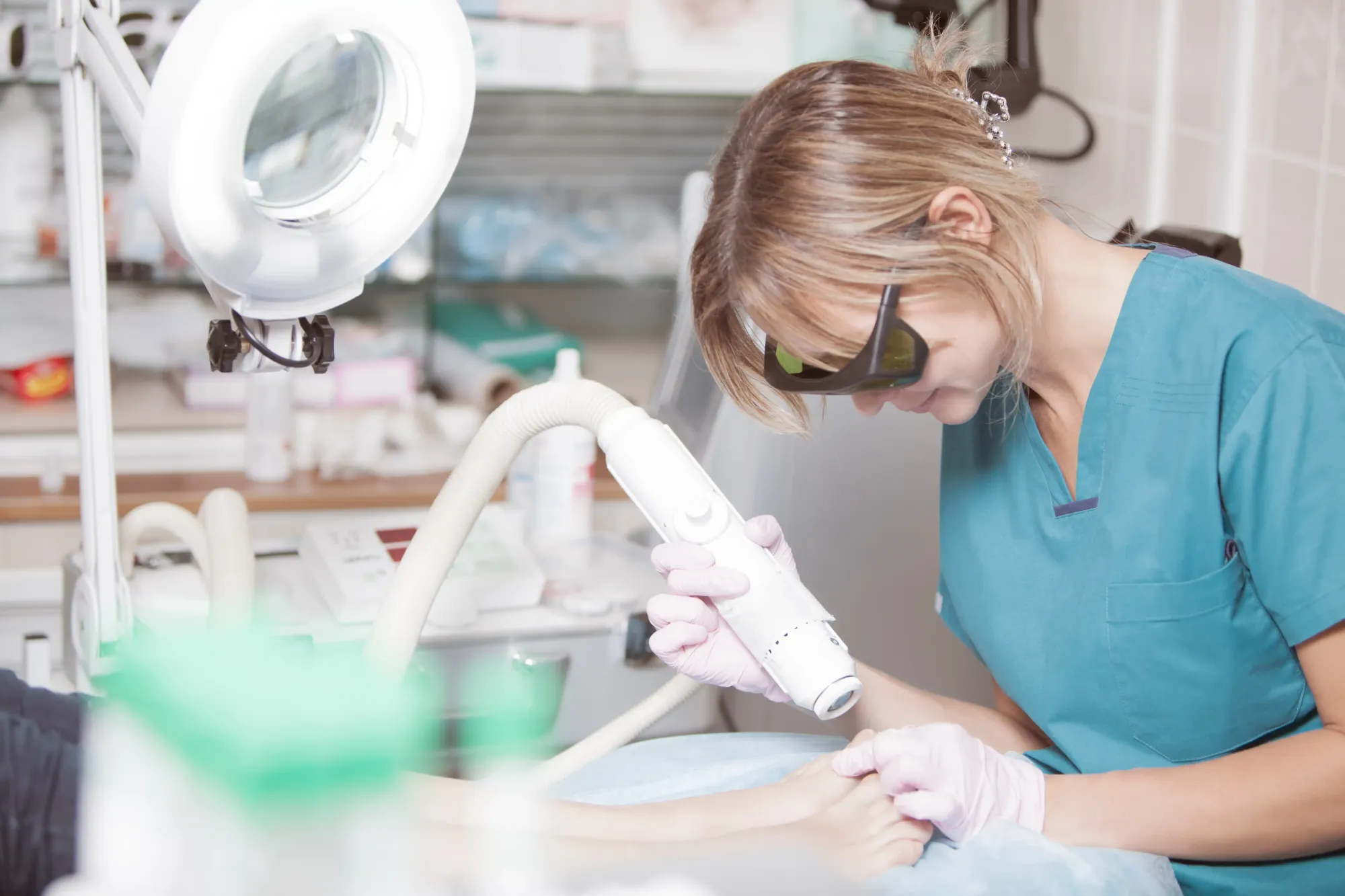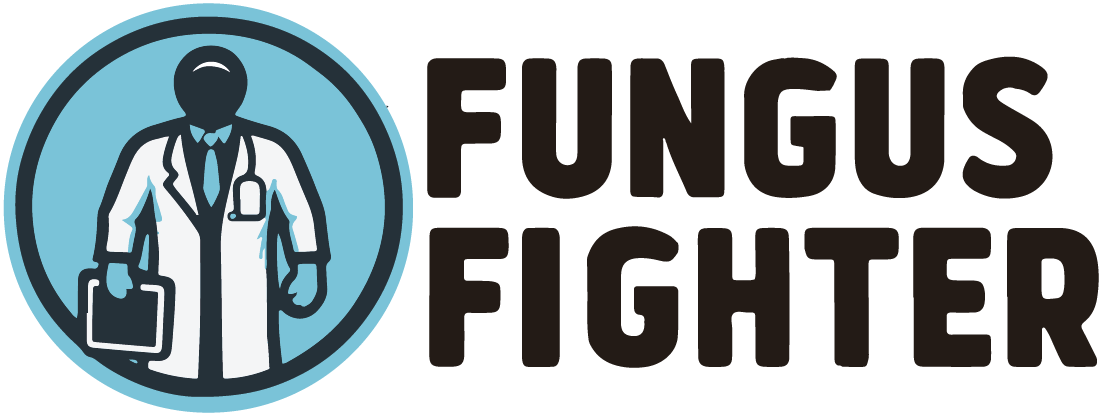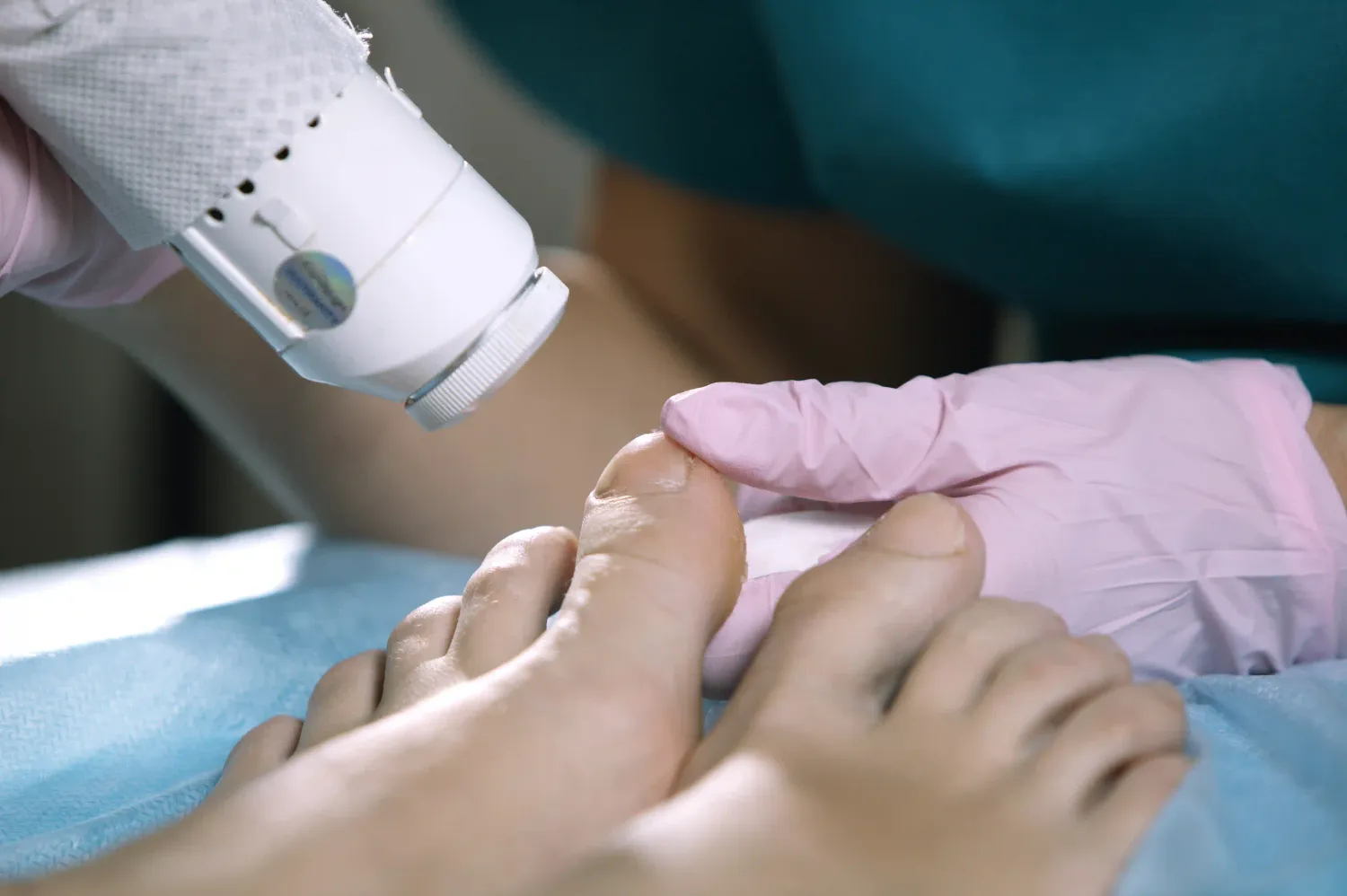Toenail fungus is a big frustration for lots of people, and once you have had the problem for some time, you may want to try a professional toenail fungus laser treatment. But does laser therapy really work? Well, in this article, we go through all the pros and cons that this type of treatment can have and give you a better idea whether it is right for you. It is rather common nowadays for laser therapies to gain wide acceptance, and they have been an emerging modality of treatment; though not perfect, they do boast certain definite advantages, such as speed, effectiveness, and relatively painless procedures. Though, on the other hand, not everything is so bright, and there are certain disadvantages too. Let's get started and go through both the pros and cons of laser treatment for toenail fungus from how it works to possible risks and rewards.
How Does Toenail Fungus Laser Treatment Work?
Toenail fungus laser treatment makes use of a special light that targets and kills fungi. The laser heats up and goes through the nail, killing the fungi inside without hurting the skin around it. There are various types of lasers, like the Nd:YAG laser and the CO2 laser. Studies have shown that the Nd:YAG laser works for about 63%, but the CO2 laser is even better, especially the special type of CO2 laser, which may work up to 95% of the time. This treatment has no danger, having only a little pain or sometimes bleeding.
This is the ideal one for patients who cannot take normal medications due to disorders affecting the liver or kidney. It is also an alternative treatment with fewer side effects than oral medications. However, it generally requires more than one session, and its effectiveness depends on the severity of the infection, together with the type of laser being used. Generally, it is an effective treatment, and when applied in combination with other treatments, it helps more.
What Are The Pros & Cons of Laser Treatment For Toenail Fungus?
Toenail fungus laser treatment has been one of the most effective options among those who have wanted to eliminate this fastidious infection. However, this has its advantages and disadvantages, just like everything else. In the following lines, we will go over what pros and cons laser treatment for toenail fungus has so you can ultimately decide whether it is going to be the best option for you or not.
Pros of Laser Treatment for Toenail Fungus
1. It's Fast: One of the biggest advantages of laser treatment is the speed with which it works. All of your toes can be treated in one office visit, saving you a lot of time. Besides, this session will take just a while, so people with busy daily schedules will not feel it burdensome at all.
2. High Success Rate: Laser therapy showed very good results. According to some research, 85% of people enjoy a huge difference after undergoing the treatment. In comparison with topical medications, laser therapy is considered one of the most effective treatments when it comes to targeting the root of a fungal infection.
3. Non-Invasive: with Minimal Discomfort Unlike other treatments, laser therapy is non-invasive. There's almost no pain involved and you won't have to worry about recovery time. You will be able to jump right back into your daily routine.
4. No Side Effects: One huge plus in favor of laser treatment for toenail fungus is that it will not cause side effects like those you could experience with the use of medicines. You don't have to worry about liver damage, and the infection rate is very low.
5. Precise and Effective: The laser beams reach the exact place of the infection and minimize damages to healthy tissue surrounding it. Thus, it is a very effective way of dealing with fungus.

Cons of Laser Treatment for Toenail Fungus
1. Not Guaranteed to Work on Everybody: Even though toenail fungus laser treatment is highly effective, it is not a thing that will definitely work. Some people may not find significant results from this treatment, so there is no guarantee that it will work on everybody.
2. Multiple Sessions May Be Needed: The best possible result might take more than one treatment. This procedure can take up your time and cost a little, as some patients do not achieve full clearance after a single session.
3. You Can Still Get Infected Yet: Toenail fungus does not have a permanent "cure." You can easily get it back, even after going through a successful treatment, due to being in a high-risk environment or poor foot care.
4. It Costs an Arm and a Leg: Laser treatment is not cheap. The expensive nature can be a disadvantage if it is not covered by many insurance companies. You will be expected to make payments for each session, and with every additional treatment, the cost rises.
5. It's Not Always Accessible: Laser treatments are not offered at every corner of town. Depending on the city or state you reside in, it may be difficult to find a clinic in which they offer treatment. It is not always covered under insurance either, which makes it less accessible for some people.
Comparing the advantages of toenail fungus laser treatment to all its drawbacks, an easy and effective procedure for the vast majority that may be almost painless, it does boast some disadvantages that include its high expenses, how treatment may require repetition, and the possibility of reinfection. Like any other treatment, it is best done upon agreement with your physician.

The Most Frequently Asked Questions Regarding Toenail Fungus Laser Treatment
Think toenail fungus laser treatment sounds too good to be true? You are not alone! Many individuals ask if toenail fungus laser treatment is really worth it, while others are interested in just how quick the treatment is and how much pain it may cause. Let us go through the most asked questions so that you will know what to expect from this treatment.
Does Toenail Fungus Laser Treatment Hurt?
With toenail fungus laser treatment, the most-asked question is whether it hurts. The good news: most patients find that the procedure itself can be pretty comfortable. You will feel a slight warming sensation or some tingling perhaps when this laser is working its way into eliminating the fungal infection of your toenail, but not really anything too serious. In fact, it's usually described as much more bearable than most other treatments.
You can take a short pause if you feel the slightest warming of the nail bed as the laser moves across the nail. Immediately after treatment, your nail might feel warm for several minutes, but you will be able to immediately return to your normal activities. Alright, though it is not exactly like spending the day at a spa neither is it anything to fear.
Is Laser Treatment For Toenail Fungus Safe?
Does toenail fungus laser treatment sound safe? The short answer would be yes; it is absolutely safe, with very few risks. Thus, the laser will never destroy the skin or tissues around the nail because it targets the fungus. In fact, most people find this treatment quite easy and comfortable. If you are thinking of trying Toenail fungus laser treatment, you can be assured that it is relatively easy, with very minimal side effects.
How Many Sessions Will I Need?
How many sessions will one need for Toenail fungus laser treatment is quite variable and will depend on the severity of the infection. Usually, a few treatments are indicated, separated by a couple of weeks, to obtain the best results. During a consultation, a podiatrist fully assesses the condition and collaborates with you to create a treatment plan based on your specific needs. So rest assured: your podiatrist will let you know exactly how many sessions you need to get rid of that unsightly fungus!
How Long Will My Toenail Be Normal After The Treatment?
Want to know whether your toenail will appear normal after Toenail fungus laser treatment? Alright, here is a catch: while the laser is cleaning out the fungus, the nail will start growing back healthily. This, however, takes time to develop a completely new nail that will replace the infected portion. So do not worry, you would probably notice a difference in a few weeks regarding the clarity and overall appearance of your toenails. Yes, this is going to require patience, but most of them usually get to notice the difference rather fast.
Will Insurance Cover Toenail Fungus Laser Treatment?
Insurance can get a little complicated when it comes to toenail fungus laser treatment mainly because this seems to be accepted as an elective procedure. For that reason, it is seldom covered under most insurance plans. Of course, that is always something you should check with your insurance company. These may be out-of-pocket costs, but it is always good to know your options to make the best decision for your treatment better.
Does The Treatment Require Special Preparation?
There are a couple of preparation steps for toenail fungus laser treatments. First of all, your nails will need to be clear of any polish-no coatings or layers of color on the nail. You will also want to trim them back and clean them up well. After a quick analysis of your nails by your technician, they will more than likely take a basic file and lightly prep the surface for the laser. This is just so the nails are ready for the laser to do its work.
What Are The Possible Side Effects Of Laser Nail Fungus Therapy?
The first question anyone would think of when considering toenail fungus laser treatment would revolve around possible side effects. Fortunately, most people experience a slight warmth during the treatment and residual heat afterwards. That being said, there are a number of possible, though unlikely, side effects. A few people may experience mild discomfort during the procedure or a sensation of warmth. Sometimes redness and minor swelling of the treated area may occur; this condition resolves itself within a day or two. More rarely, skin discoloration around the nail may occur, or small burns can appear. Though very rare, blisters or scarring may form around the treated nail. Remember, most of these side effects are temporary and disappear rather quickly!
Can I Just Treat One Infected Nail and Save Some Time and Money?
So you have one infected nail, and you're thinking, "Maybe I can just treat this one and save some time and cash?" Unfortunately, that is not the best way to handle this. The thing is, toenail fungus is pretty sneaky. Where one nail has the infection, there is a good chance the others will too, even if they do not show symptoms yet. To make sure treatment will work and you do not deal with the same problem at some other time, you should be looking at treating all of your nails at once.
There is one exception, though: when the infection is caused by something like having an air pocket beneath an acrylic nail, and then you may be able to get away with treating only that single nail. In every other case, though-if you're considering a course of toenail fungus laser treatment-you will need to treat all the involved nails to prevent reinfection.
Conclusion
To sum it up, toenail fungus laser treatment is bound to be the game changer that is going to get you rid of that pesky fungus. Fast, quite painless, and fairly effective for many, it doesn't include any pills or smelly creams. Although it won't work for everybody, after a few sessions, many find it really effective. Remember, though: this is not a failsafe method, neither does it guarantee success in every case. Some might need several treatments, and on top of everything, toenail fungus can return to your toenails anytime if proper foot care is ignored. And with good care, you will be showing off those clear, healthy nails before you know it!


